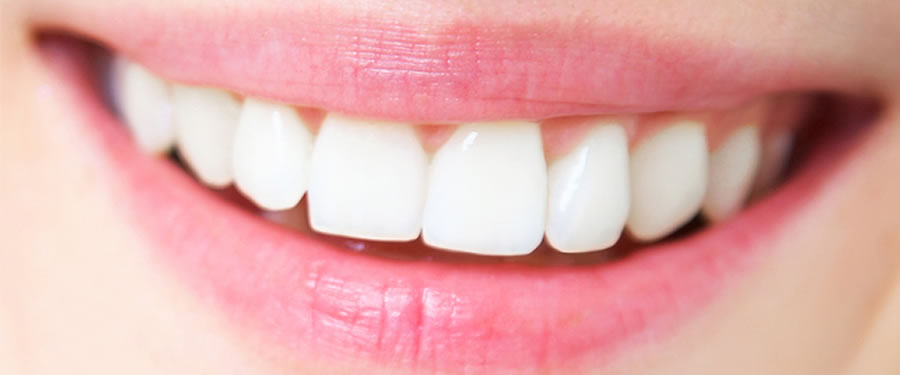Wear Cases
Wear Assessment
- The causes of tooth wear may be intrinsic or extrinsic and are usually chemical (acidic) or mechanical (frictional) in nature.
- Several factors may combine to cause tooth wear in any individual patient.
- Tooth wear, especially tooth erosion is an increasingly recognized clinical problem.
- Modifying the composition of soft drinks is an important concept in prevention that should be further developed.
- Although a conservative approach to restorative treatment seems justified, longitudinal clinical evaluations are needed.
Wear Prevention
Preventing tooth wear is not the same as preventing caries. Dental caries is regarded as a disease that will affect most people in the world to some extent during their lifetime. This inevitability of caries developing, at least historically, was a strong stimulus to the development and promotion of preventive measures, especially those based on fluoride use and oral hygiene. Developed countries have experienced, by and large, higher prevalence's of caries than less developed countries and their need for preventive measures has, therefore, been greater. Well-structured prevention programs based on fluoride, organized dental examinations and regular recall and even financially subsidized treatments have become available that not only protect non-diseased teeth but also reduce the cariogenic challenge by removing the diseased tissue.
What Causes Tooth Wear?
Tooth wear is basically the result of four different and frequently combined processes:
- Abrasion: Wear produced by interaction between teeth and other materials
- Attrition: Wear through tooth-to-tooth contact
- Erosion: Dissolution by acidic substances
- Abfraction: Another form of loss of tooth structure that may have a wear component. It is associated with enamel loss at the necks (at the gum line) of the teeth. There are many factors that can contribute to abfraction simultaneously including abrasion and erosion.
| Examples of Tooth Wear and Restorations | |
 |
 |
| An example of mild wear of the edges of the upper front teeth resulting in thinning and chipping of the enamel surfaces. | The upper front teeth are restored with porcelain veneers re-establishing the normal thickness and length. |
 |
 |
| An example of wear with a moderate loss of tooth length exposing the underlying softer dentin surface of the tooth. | Restoration of the worn teeth with porcelain crowns (or veneers) re-establishing normal shape, function and appearance. |
 |
 |
| An example of excessive wear, that often results in the loss of facial height and other features of aging. | Crowning excessively worn teeth does not only re-establish correct tooth shape and function, but can also dramatically improve tooth color and facial appearance, resulting in a more harmonious younger look |












